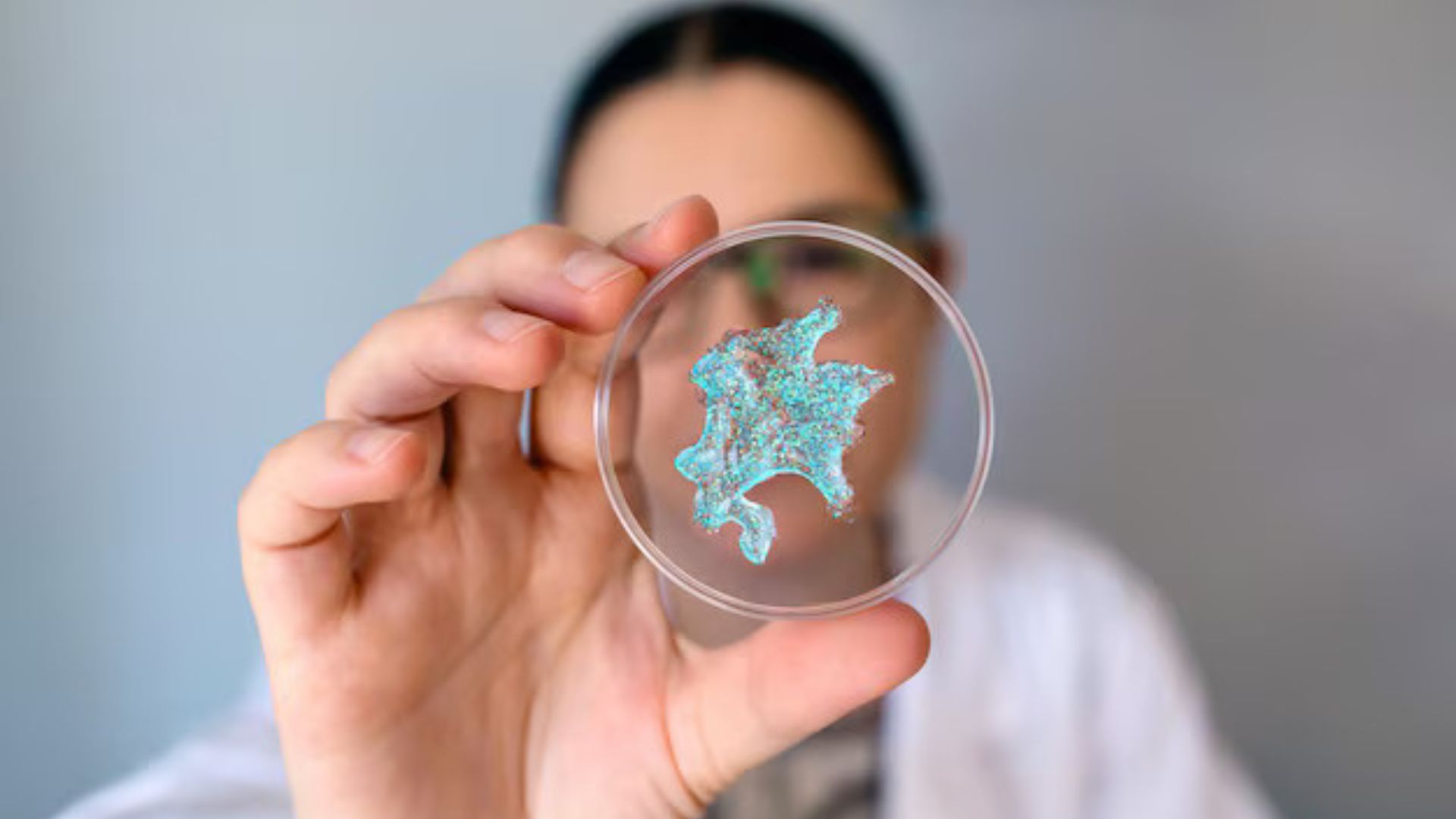

Early Detection of Skin Cancer: Signs You Shouldn’t Ignore
Skin cancer is the most common cancer worldwide, and its cases are increasing in areas that are heavily sun-soaked. The good news is that the majority of skin cancers can be treated if they are caught in the early stages. Early skin cancer detection through noticing changes on your skin and consulting a medical professional can make a big difference for your health. Watching for small differences in your skin helps you avoid missing the initial warning signs.
Why Early Detection Is Important
Early detection of skin cancer increases treatment success and minimizes complications. Most individuals overlook minor spots, moles, or dry patches and find them harmless. However, awareness of warning signals enables physicians to start treatment early enough and enhance long-term healing.
Dermatologists and leading health organizations, such as American Cancer Society (ACS), emphasize that professional skin checkup and early screening are lifesavers. A review published in Science Journal summarizes evidence showing that early detection of cancer improves survival rates. Following medical advice, rather than self-diagnosis, is the best way to manage the risk of skin cancer.
Common Types of Skin Cancer
Understanding what the most common forms of skin cancer are will enable you to spot earlier.
- Basal Cell Carcinoma (BCC): Looks like a shiny bump or pink mark. Takes months to develop and won’t spread, but can become invasive in surrounding tissue.
- Squamous Cell Carcinoma (SCC): Looks like a scaly red mark or sore that won’t heal. Will start to spread if left untreated.
- Melanoma: The most dangerous type, which may begin as a mole that changes color, size, or shape. It’s extremely important to detect this early.
Early Signs You Can’t Ignore
Check for these changes on your body:
- A new growth, bump, or spot that doesn’t appear to be normal
- A sore that persists for two to three weeks
- A mole that changes shape, color, or size
- Red, scaly, or rough areas that itch or bleed
- Shiny, pearly bumps that seem to grow very slowly
The ABCDE Rule for Detecting Melanoma
Doctors recommend using the ABCDE rule to check suspicious moles:
- A – Asymmetry: One half looks different than the other.
- B – Border: Edges are irregular, blurred, or jagged.
- C – Color: Uneven colors of black, brown, or red.
- D – Diameter: Larger than 6 mm (about the size of a pencil eraser).
- E – Evolving: Any change in size, shape, or symptoms over time.
Risk Factors to Remember
There are individuals who are more prone to develop skin cancer than others. Some common risk factors are:
- Excessive sun exposure with no protection
- Use of tanning beds on a regular basis
- Frequent burning with fair skin
- History of skin cancer in the family
- High number of moles or unusual moles
Quick Comparison: Normal vs Suspicious Skin Changes
| Feature | Normal Mole | Suspicious Spot |
| Shape | Symmetrical, even | Irregular or uneven |
| Color | Single shade | Multiple or changing colors |
| Size | Small, stable | Growing larger over time |
| Surface | Smooth | Crusty, bleeding, or rough |
| Change | No changes | Visible changes in weeks or months |
What to Do If You Notice Changes
- Make an appointment for a skin check with a dermatologist.
- Take photographs to track changes over time.
- Use sunscreen on your skin every day.
- Wear hats and protective clothing when you are outside.
- Avoid tanning beds altogether.
FAQs
1. How often do I need to examine my skin for cancer signs?
Self-examinations once a month are recommended. Annual professional skin exams are also helpful, especially if you have risk factors.
2. Can skin cancer develop on sites that are not exposed to the sun?
Yes, though more common on sun-exposed areas, it can also develop on palms, soles, nails, or even the scalp.
3. Are all moles cancerous?
No, the majority of moles are benign. The concern is when a mole has changed or appears different from your remaining moles.
4. When should I begin looking for skin cancer?
It is sensible to begin taking self-exams in your 20s, but anyone with high risk factors should be careful earlier.
5. Can sunscreen really prevent skin cancer?
Everyday sunscreen use decreases risk substantially by preventing destructive UV rays from harming skin cells.
Key Takeaway
Early skin cancer diagnosis is a life-saver. Regular check-up on the skin, learning the ABCDE rule, and encouraging physicians to check suspicious moles ensures you will never overlook early signs. And combined with sun protection and doctor skin checks, these steps put you in your best position to prevent serious outcomes.
Conclusion
Skin cancer is treated easily if it is caught early on, but the catch is learning your skin’s signals. From suspicious moles to persistent sores, looking for change is significant. With the ABCDE rule, checking your skin for these signs is easier. Prevention, protection, and early detection – with these three, you can avoid risks and stay ahead of skin cancer.
References:

